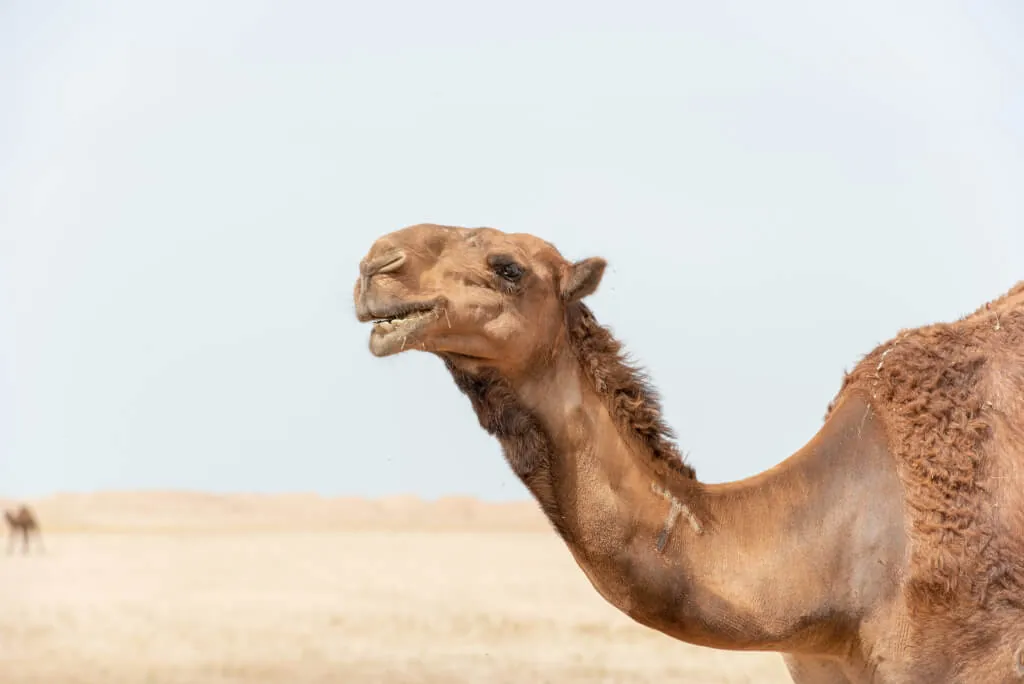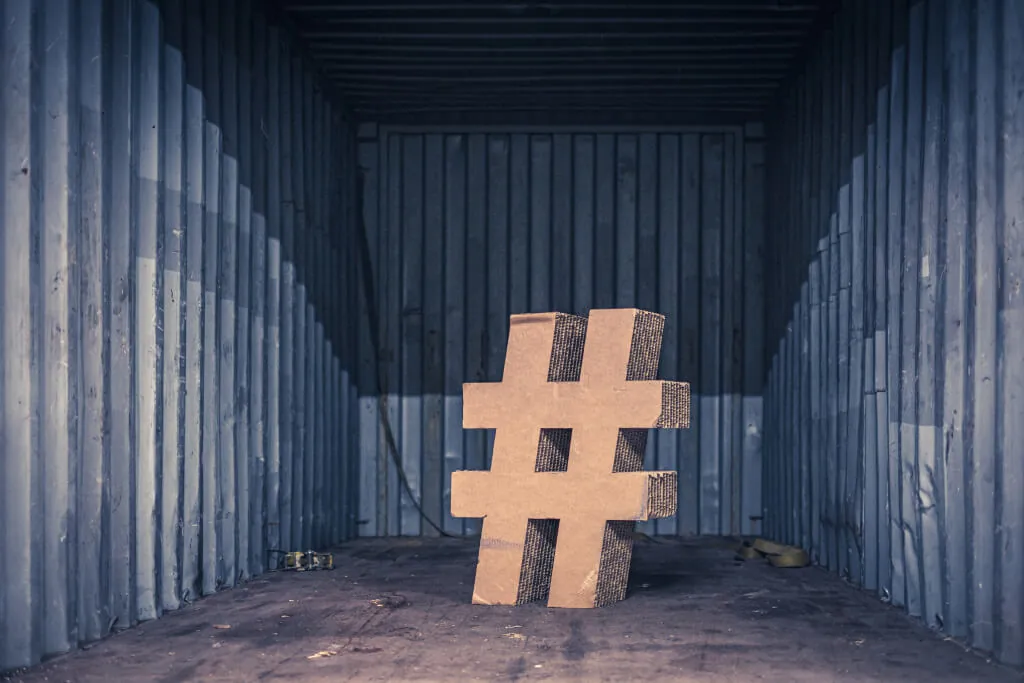Why Camel Case Is So Important for Hashtags
Hashtags are a great way to expand the reach of your company or brand.
By adding hashtags to a post, you’re making your content discoverable and giving other social media users the chance to engage with you on a common interest or theme.
However, many people and businesses are forgetting one important thing when writing their hashtags. It’s time to learn about the wonders of camel case…
First of all, what is camel case?
In camel case, the first letter of each word is capitalized when writing compound words or phrases; the first word isn’t uppercase.
You may also see this practice stylized as camelCase. Here are a few common examples:
- eBay
- eLearning
- iPhone
- macOS
- vCard
When you also capitalize the first word, it’s known as upper camel case or pascal case, as seen here:
- BlackBerry
- HarperCollins
- LaserJet
- YouTube
So why the cute name?
This way of writing is called camel case because the capital letters are taller than the lowercase ones.
The rise in the middle of the compound resembles a hump on the back of a camel.

What has this got to do with hashtags?
On social media, longer hashtags using multiple words have become increasingly popular.
In most instances, people write out the entire hashtagged phrase in lowercase like this:
#videotovoicerocks
However, this way of writing hashtags is problematic for many social media users. What sorts of problems do lowercase hashtags create?
Lowercase multiple-word hashtags are an issue for screen readers.
A screen reader is a form of assistive technology that reads out text and image content as speech or renders it as braille.
If long hashtags are written in lowercase, the screen reader can’t recognize the individual words.
As a result, the content is inaccessible to people who use screen readers.
With inaccessible hashtags, you’re alienating a considerable proportion of your audience, including:
- blind people
- people with partial sight
- dyslexic people
- people who enjoy using screen readers

How can you make hashtags accessible?
So this is where camel case comes in.
To make your hashtags accessible, simply use upper camel case.
Here’s the example from earlier made accessible by capitalizing the first letter of each word:
#VideoToVoiceRocks
That’s much easier on the eye…
Indeed.
Camel case isn’t just beneficial for screen reader users.
This practice improves readability for everyone, including:
- people with low literacy
- people who have intellectual disabilities
- people with low fluency in the language of the hashtag
- people who are in a rush
You don’t want your hashtags to be a hurdle to what you’re trying to say.
Most of the time, people won’t take the time to decipher long, complicated hashtags, and will scroll on.
#amirightoramiwrong
Oh sorry, that should be:
#AmIRightOrAmIWrong

Is camel case being widely used?
Not particularly.
Simon Fairbanks from Pickle Jar Communications examined how UK universities wrote their hashtags on social media platforms.
The results were disappointing, with only one of the 10 universities in the sample using camel case consistently on Instagram.
Why don’t enough people use camel case?
There are no concrete reasons, but it’s probably due to a lack of understanding surrounding social media accessibility.
But with greater awareness, camel case should be appearing more frequently on our screens.
Are there any other pitfalls to be aware of?
Yes, lowercase hashtags have caused a stir for all the wrong reasons in the past.
When Margaret Thatcher passed away in 2013, the hashtag
#nowthatcherisdead
started trending on Twitter.
The problem was that many people read it as “Now that Cher is dead” instead of “Now Thatcher is dead.”
Another infamous hashtag faux pas appeared on Susan Doyle’s Twitter page.
To launch her new album, the British singer’s social media team started this hashtag:
#susanalbumparty
This is a family site, so we’ll let you work out what the problem is there!
Here’s what the hashtag should’ve looked like in good old camel case:
#SusanAlbumParty
Summary – what have we learnt?
As the examples above show, lowercase multiple-word hashtags can lead to misunderstandings and, at worst, PR disasters.
More importantly, this format is totally inaccessible for people using screen readers.
So to avoid embarrassing mishaps and to engage with all of your audience, be sure to use camel case in your hashtags.